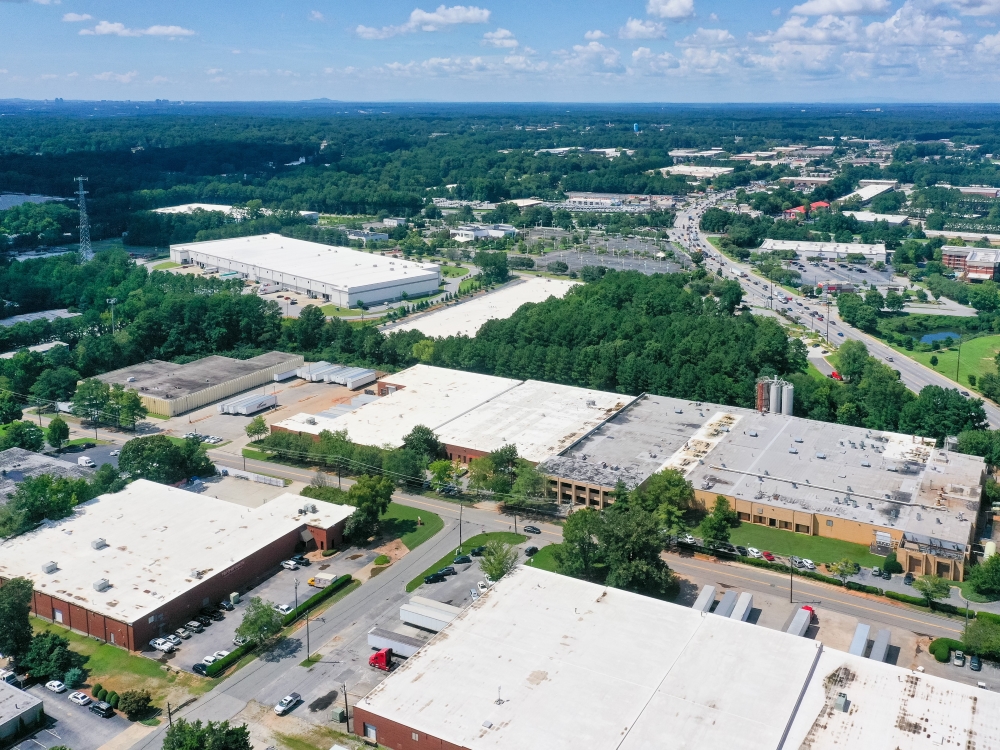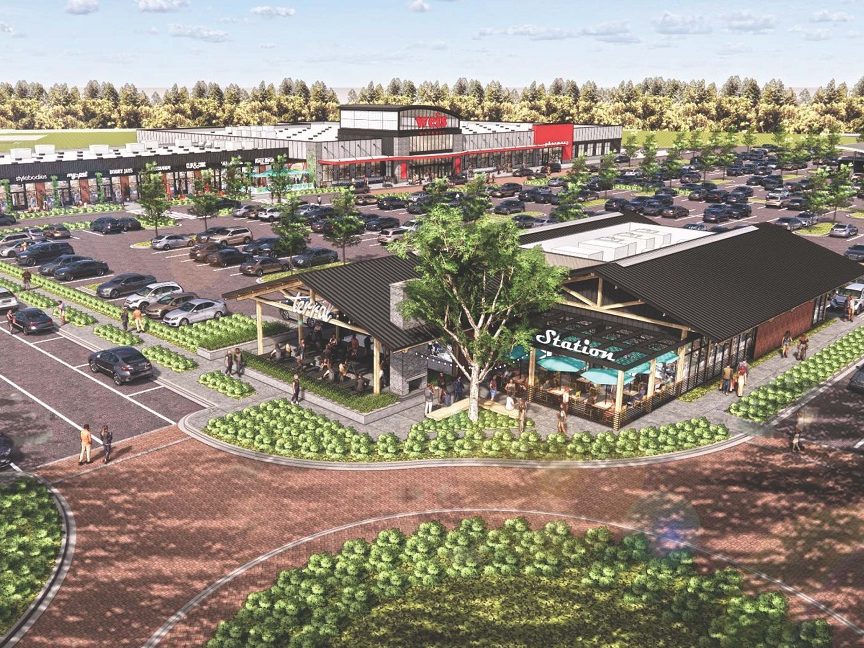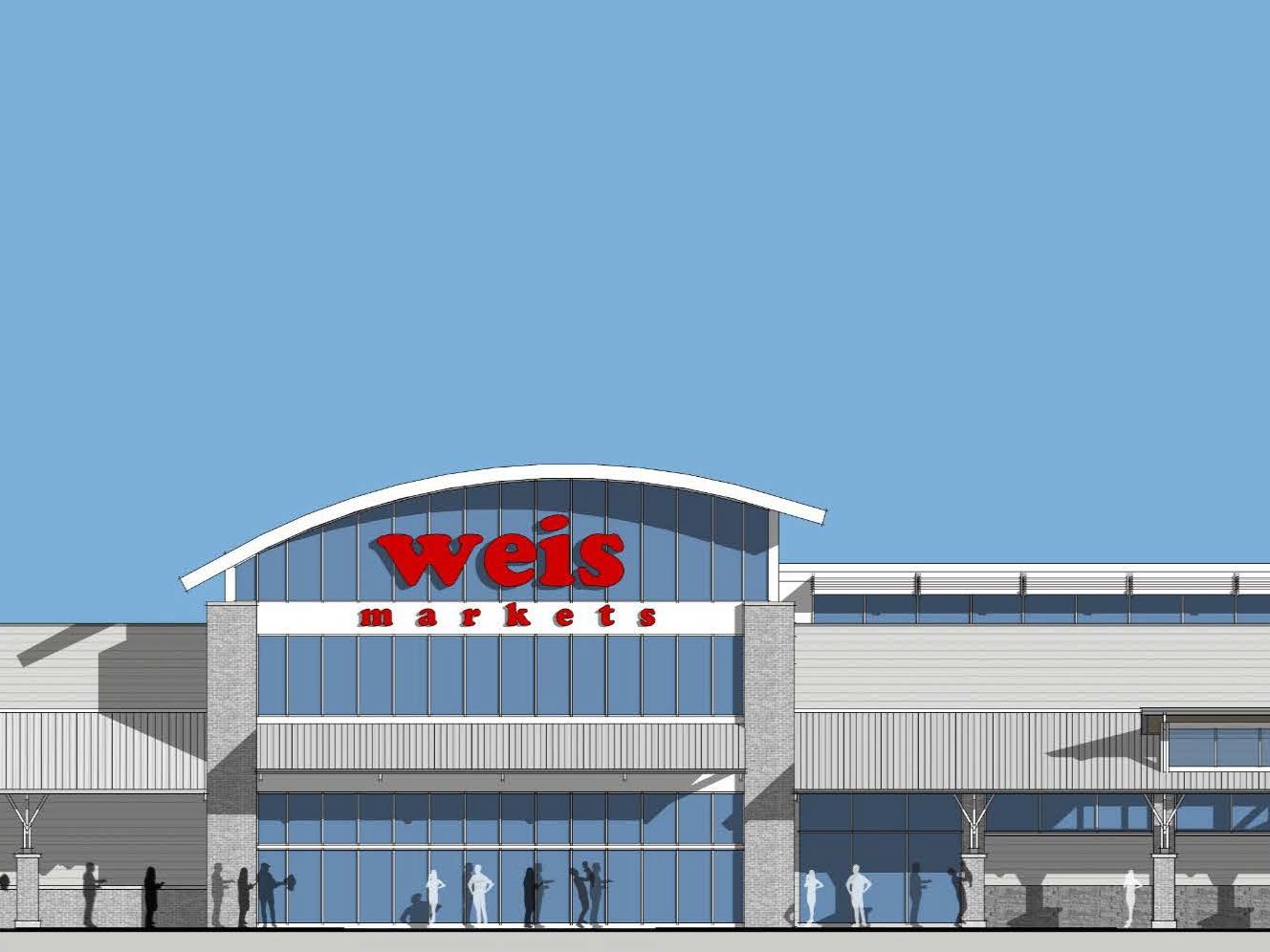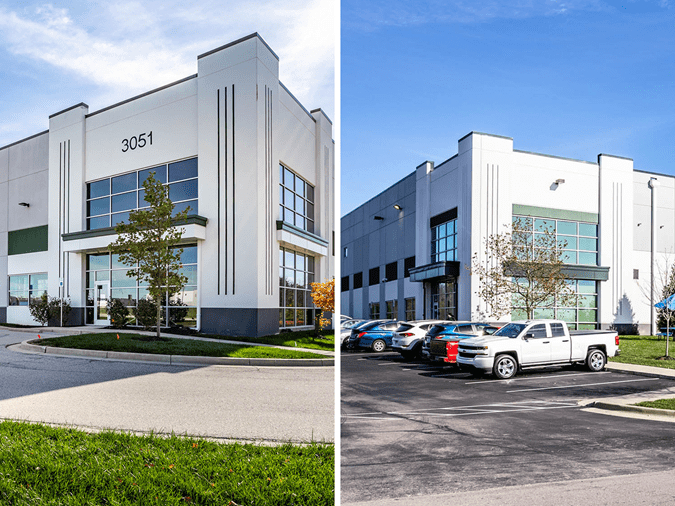Yardi Matrix: Philadelphia’s Staying Power
The multifamily market in the City of Brotherly Love remains steady, fueled by employment gains and an increasing renter population.
The multifamily market in the City of Brotherly Love remains steady, fueled by employment gains and an increasing renter population. Technology and pharmaceutical jobs are leading the way in new employment. The hospitality industry generated $500 million this summer, due in part to a busy convention calendar that included the Democratic National Convention.
As of September, the strong demand for apartments across the metro led to an overall occupancy of 96.1 percent for stabilized properties. Demand is strong in Center City, where hundreds of new units have been delivered in recent years. The area has become a commercial, residential and cultural hub—a trendy place for Millennials to settle after college, as well as a retirement destination for Baby Boomers who choose to downsize and take advantage of the area’s high-end amenities and entertainment venues.
Transaction activity slowed compared to 2015 and mostly focused on the core submarkets. Acquisition yields for stabilized Class A properties compressed to the 4.5 to 5 percent range, while initial yields for Class C assets reached 7 percent. Developers are ramping up construction, which is set to mark another post-bubble high, as more than 5,700 units are scheduled for completion by the end of the year. Despite the large number of deliveries coming online, absorption is expected to keep up. Vacancy may slightly expand, while rents should increase by 4.0 percent.








You must be logged in to post a comment.